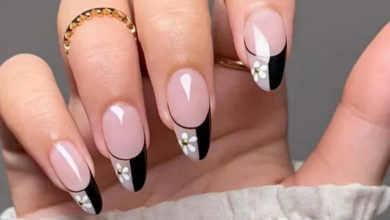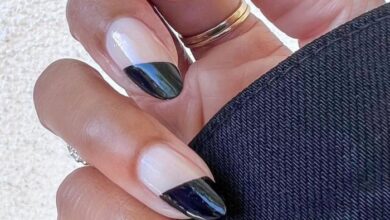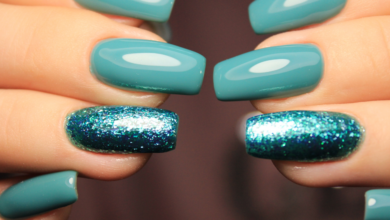
Are you tired of the endless nail myths that have been passed around for years? Stylish.ae is here to set the record straight and debunk all the nail myths that you have been believing. Say goodbye to the notion that cutting your nails makes them grow faster or that soaking your nails in lemon juice can whiten them. Get ready to be enlightened and discover the truth behind these common nail myths. So sit back, relax, and get ready to improve your nail care routine with these debunked myths from Stylish.ae.
Nail Myth: Cutting Your Cuticles Makes Them Grow Back Thicker
What are cuticles?
Cuticles are the small strips of skin that form a protective barrier at the base of your nails. They act as a sealant to prevent dirt, bacteria, and other debris from entering the nail bed. Cuticles also play a vital role in maintaining nail health by keeping the nails moisturized.
Why people believe this myth
One of the main reasons people believe that cutting their cuticles will make them grow back thicker is due to the appearance of the regrowth. When you cut your cuticles, the new skin that forms can be slightly thicker and tougher than the original cuticle. This can give the illusion that cutting them caused them to grow back thicker.
The truth behind the myth
The truth is that cutting your cuticles does not make them grow back thicker. When you cut your cuticles, you are simply removing the protective layer of skin that naturally forms at the base of your nails. This can leave your nails vulnerable to infections and other nail problems. Instead of cutting your cuticles, it is better to push them back gently using a cuticle pusher or wooden stick. This helps to maintain the integrity of the cuticle while still achieving a neat and tidy nail appearance.
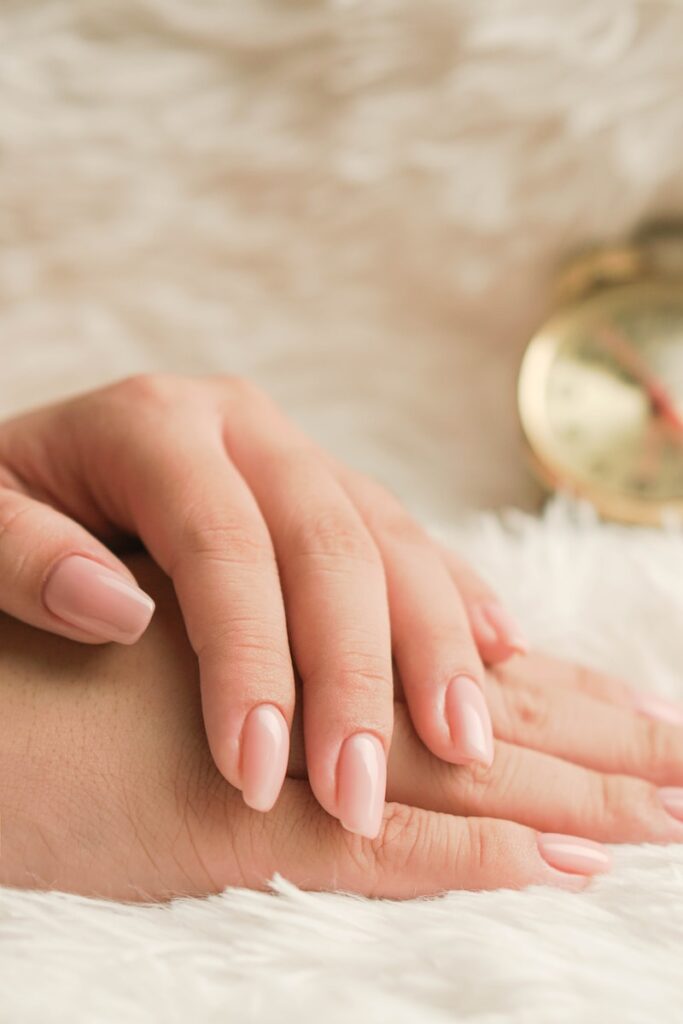
Nail Myth: Nail Polish Weakens Your Nails
The misconception about nail polish
Many people believe that nail polish weakens the nails and causes them to become brittle and prone to breakage. This misconception stems from the idea that the chemicals in nail polish can strip the nails of their natural oils and moisture, leading to dry and weak nails.
Understanding nail structure
To understand the impact of nail polish on nail health, it is important to understand the structure of the nail. Nails are composed of layers of a protein called keratin. The outermost layer of the nail is called the nail plate, and it is this layer that is typically painted with nail polish.
The impact of nail polish on nail health
While it is true that nail polish can cause some drying and dehydration of the nails, it is usually not significant enough to weaken the nails on its own. The key factor in maintaining nail health is proper nail care. This includes regular moisturization, keeping the nails properly trimmed, and avoiding excessive exposure to harsh chemicals and solvents.
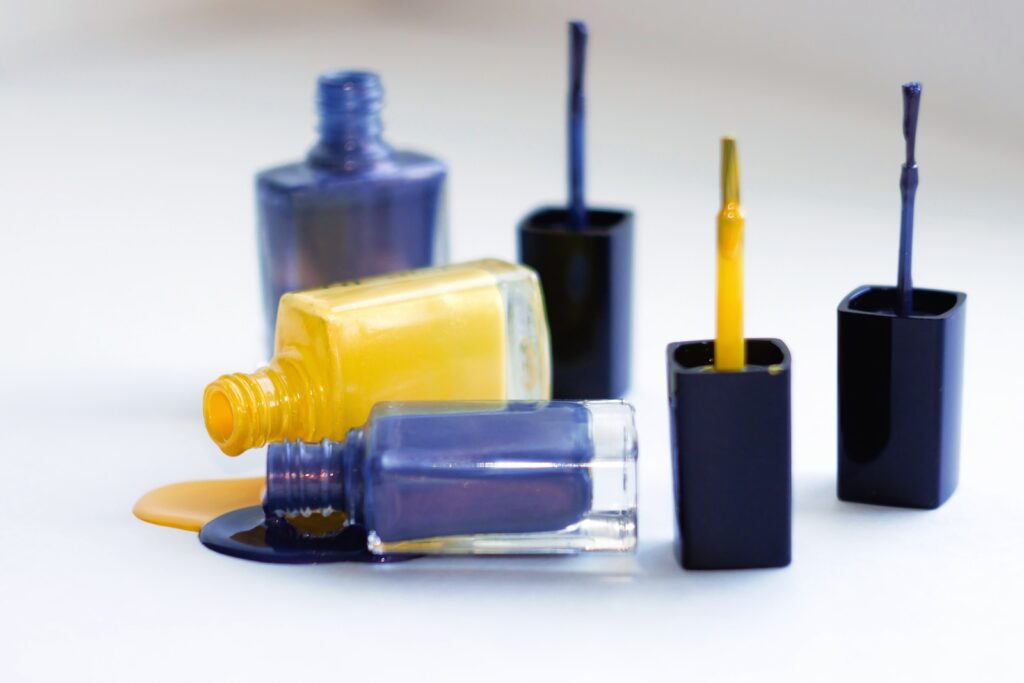
Nail Myth: White Spots on Nails Indicate a Calcium Deficiency
What are white spots on nails?
White spots on nails, also known as leukonychia, are small, milky white marks or spots that appear on the surface of the nails. These spots can vary in size and shape and are usually harmless.
Common misconceptions about white spots
One of the most common misconceptions about white spots on nails is that they indicate a calcium deficiency. While a calcium deficiency can cause various nail problems, such as dry and brittle nails, white spots are not a direct result of this deficiency.
Other possible causes of white spots
White spots on nails can be caused by a number of factors, including trauma to the nail, fungal infections, allergic reactions, and even hereditary factors. It is important to note that in most cases, white spots on nails are harmless and will eventually grow out with the nail. If you are concerned about the appearance of white spots, it is always best to consult a dermatologist or a nail care professional for a proper diagnosis.
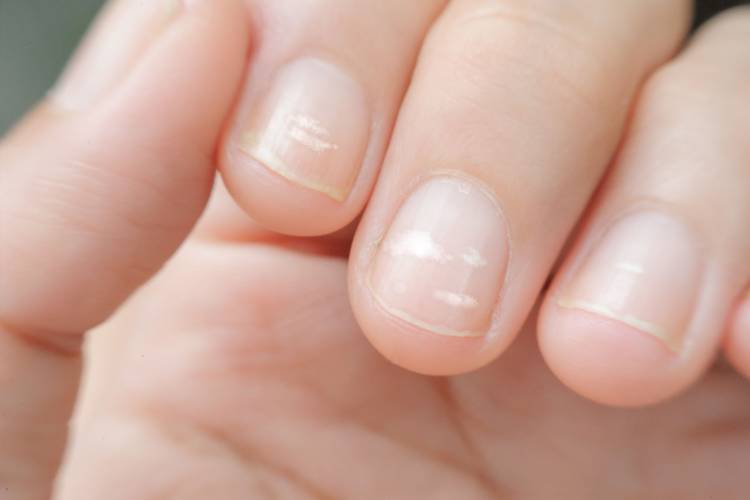
Nail Myth: Gel Manicures Always Ruin Your Natural Nails
What is a gel manicure?
A gel manicure is a type of nail treatment that involves the application of a special gel polish that is cured under a UV or LED lamp. Gel manicures have gained popularity in recent years due to their long-lasting and chip-resistant properties.
Why this myth is prevalent
The myth that gel manicures always ruin natural nails is prevalent because some individuals may have experienced nail damage or weakening after getting gel manicures. While this can occur, it is important to consider various factors that contribute to nail health and the specific practices and techniques used during the gel manicure process.
Understanding the impact of gel manicures
Gel manicures can potentially weaken the nails if not done properly. The gel polish used in these manicures can be more difficult to remove than regular nail polish, and improper removal techniques can lead to nail damage. Additionally, the exposure to UV or LED lamps during the curing process can also cause some dryness and weakening of the nails.
Tips for maintaining healthy nails with gel manicures
To minimize the risk of nail damage with gel manicures, it is important to choose a reputable and experienced nail technician who follows proper procedures. It is also essential to give the nails a break between gel manicures to allow them to breathe and recover. Additionally, using nourishing nail and cuticle oils regularly can help keep the nails and surrounding skin moisturized and healthy.
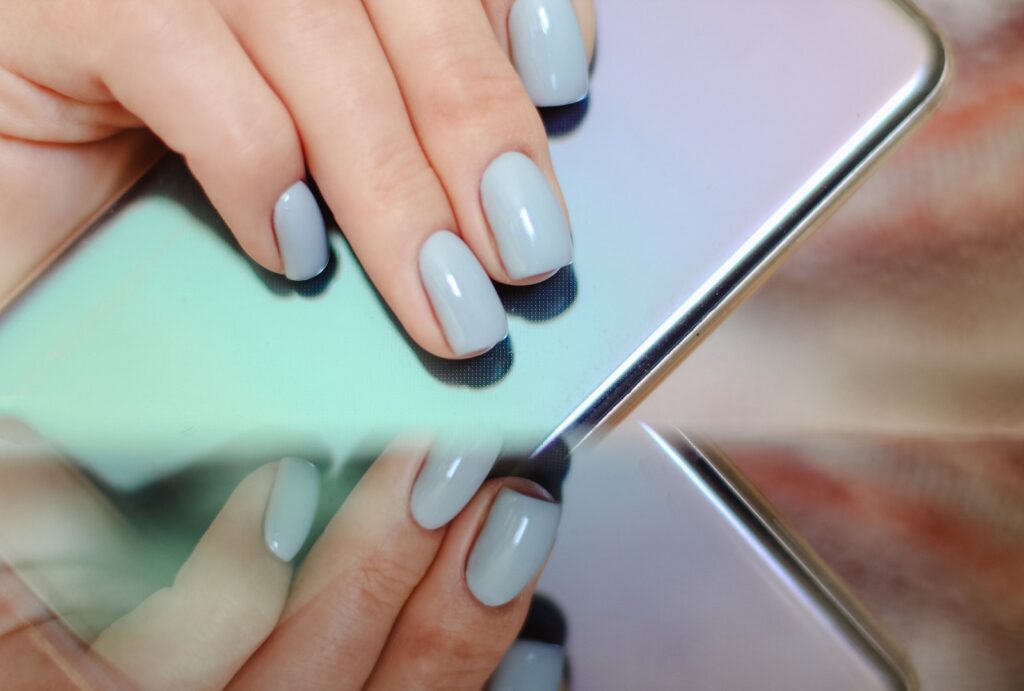
Nail Myth: Cutting Nail Wraps or Silk Wraps Causes Nail Damage
What are nail wraps and silk wraps?
Nail wraps and silk wraps are types of artificial enhancements that are applied to the nails to provide extra strength and durability. Nail wraps are typically made of a fabric-like material, while silk wraps are made of woven silk threads. These wraps are adhered to the natural nails using a special adhesive.
The fear of cutting wraps
Many people believe that cutting nail wraps or silk wraps will cause damage to the natural nails and weaken them. This fear arises from the misconception that the wraps are permanently bonded to the nails and cutting them will inevitably lead to nail splitting or breakage.
The truth about cutting nail wraps
Contrary to popular belief, cutting nail wraps or silk wraps does not necessarily cause damage to the natural nails. In fact, in certain situations, cutting the wraps is necessary for maintenance purposes. However, it is important to note that cutting the wraps should be done carefully and with the guidance of a professional nail technician to prevent any potential damage to the nails.
Proper removal technique
When it comes to removing nail wraps or silk wraps, it is recommended to seek professional help from a nail technician. They will have the necessary expertise and tools to safely remove the wraps without causing any harm to the natural nails. Removing the wraps at home can lead to improper removal techniques and potential nail damage.
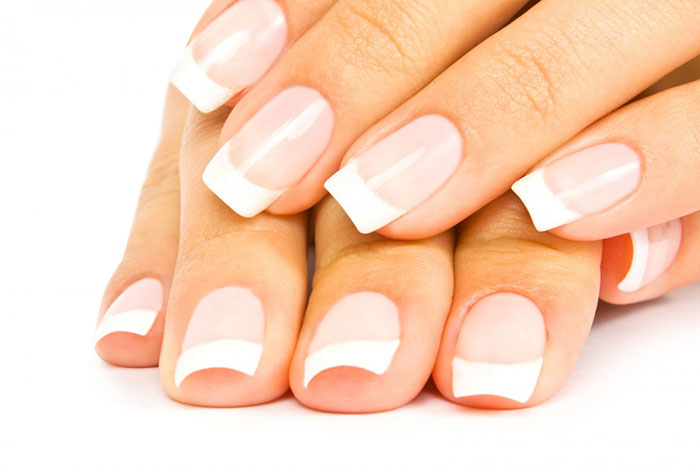
Nail Myth: Regular Polish Remover is as Effective as Acetone
Different types of nail polish removers
When it comes to removing nail polish, there are two main types of nail polish removers: regular polish remover and acetone. Regular polish removers typically contain a mixture of solvents, oils, and other ingredients to dissolve and remove the nail polish. Acetone, on the other hand, is a strong solvent that is highly effective at removing nail polish.
The differences between regular polish remover and acetone
While regular polish removers can successfully remove most types of nail polish, they are not as effective as acetone when it comes to removing stubborn or dark-colored polishes. Acetone is a more potent solvent that can break down the nail polish quickly and easily.
When to use each type of nail polish remover
Regular polish removers are best suited for everyday nail polish removal, especially for individuals with sensitive nails or skin. Acetone should be used sparingly and only when necessary, as it can be more drying and harsh on the nails and cuticles. If you have gel or acrylic nails, it is important to use acetone specifically designed for those types of enhancements to ensure safe and effective removal.

Nail Myth: Your Nail Beds Don’t Need Moisturizing
Understanding the importance of nail beds
Nail beds play a crucial role in nail health and overall nail appearance. They are the skin at the base of the nails that provide nourishment and support for the growth of new nail cells. Moisturizing the nail beds is essential for maintaining their health and preventing dryness, which can lead to brittle nails and other nail problems.
Common neglect of nail bed moisturization
Many individuals tend to focus solely on moisturizing their hands and nails, neglecting the importance of moisturizing the nail beds. Without proper moisturization, the nail beds can become dry, leading to weak and brittle nails. Additionally, dry nail beds can also contribute to the development of painful hangnails and cuticle problems.
Benefits of moisturizing your nail beds
Moisturizing your nail beds regularly can provide various benefits. It helps to keep the nails and surrounding skin hydrated, preventing dryness and cracking. Moisturizing also improves the overall health and flexibility of the nails, making them less prone to breakage and splitting. Additionally, moisturizing the nail beds can promote healthy nail growth and improve the appearance of the nails.
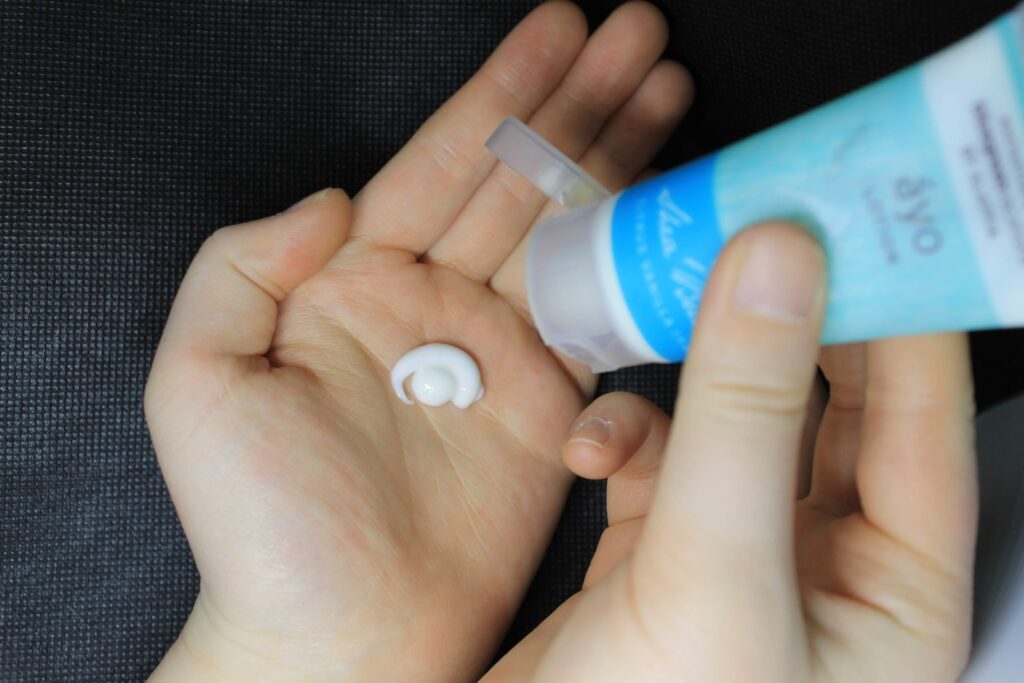
Nail Myth: Buffing Your Nails Makes Them Stronger
What is nail buffing?
Nail buffing is a technique used to smooth out the surface of the nails, giving them a glossy and polished appearance. It involves using a nail buffer or a buffing block to gently remove any ridges or imperfections on the nail surface.
The misconception about nail buffing
One common misconception about nail buffing is that it can make the nails stronger. While nail buffing can temporarily enhance the appearance of the nails, it does not actually strengthen them. Buffing simply smooths out the surface of the nails and can improve the adhesion of nail polish or other nail treatments.
Potential risks and adverse effects of excessive buffing
Excessive or aggressive nail buffing can actually do more harm than good to the nails. It can thin out the nail plate, making it more prone to breakage and damage. Buffing too often can also lead to over-filing, weakening the nails and causing them to become even more fragile.
Alternative ways to strengthen nails
If you want to strengthen your nails, there are alternative methods that are more effective than buffing. Regular nail care, such as moisturizing, proper nail trimming, and protecting the nails from excessive moisture and harsh chemicals, are key to maintaining strong and healthy nails. Additionally, incorporating a balanced diet rich in vitamins and minerals can also support nail health and strength.

Nail Myth: Nail Files Cause Nail Splitting
Different types of nail files
There are various types of nail files available, including metal files, glass files, and emery boards. Each type of file has a different level of coarseness, which determines its effectiveness in shaping and smoothing the nails.
The truth about nail files and splitting
Contrary to popular belief, nail files themselves do not cause nail splitting. However, improper filing techniques or using a coarse file can result in nail damage and splitting. It is important to file the nails in one direction and avoid back-and-forth sawing motions, as this can weaken the nails and cause them to split.
Proper filing techniques to prevent splitting
To prevent nail splitting, it is important to use a fine-grit nail file and file the nails in one direction. Start at the outer edge of the nail and gently file toward the center. Avoid excessive filing or applying too much pressure, as this can weaken the nails. Regular maintenance and proper filing techniques can help keep the nails smooth and reduce the risk of splitting.

Nail Myth: Press-On Nails Always Look Fake
The stigma around press-on nails
Press-on nails have long been associated with a cheap and artificial appearance. Many people believe that press-on nails always look fake and unnatural, making them hesitant to give them a try.
Advancements in press-on nail technology
In recent years, there have been significant advancements in press-on nail technology, resulting in more natural-looking and durable options. Modern press-on nails are available in a wide range of shapes, lengths, and designs, allowing individuals to achieve a customized and natural look. The use of high-quality materials and improved adhesives has also contributed to the more realistic appearance of press-on nails.
Tips for achieving natural-looking press-on nails
To achieve natural-looking press-on nails, it is important to choose the right size and style that complements your natural nail shape and length. Take the time to properly prep your nails before application, ensuring they are clean, dry, and free of any oils or residue. Additionally, carefully following the application instructions and using a high-quality nail adhesive can help achieve a seamless and natural look. Regular maintenance, such as filing and buffing the edges of the press-on nails, can also contribute to a more realistic appearance.
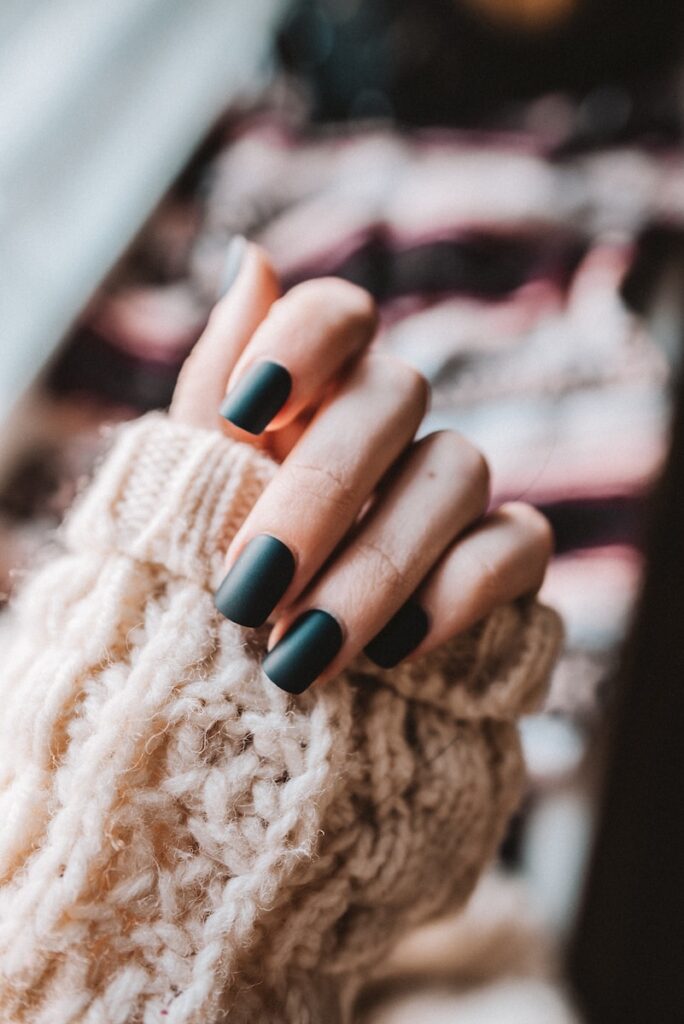
In conclusion, debunking nail myths is crucial for maintaining healthy and beautiful nails. By understanding the truth behind these myths and making informed decisions about nail care, you can enjoy strong, vibrant nails without falling for common misconceptions. Remember to prioritize proper nail care, consult professionals when needed, and tailor your nail care routine to your unique needs and preferences. Happy nail care!

